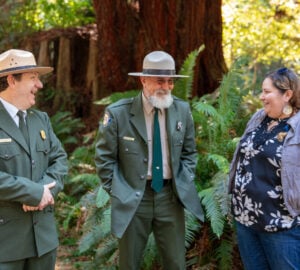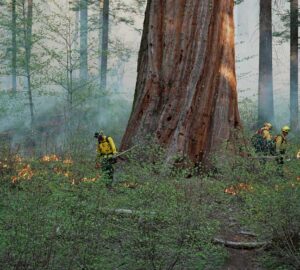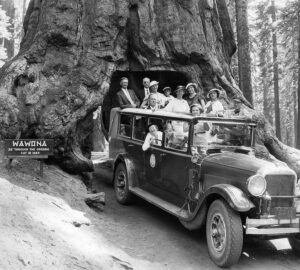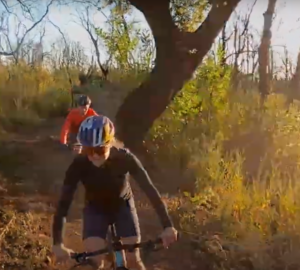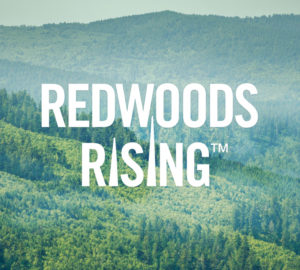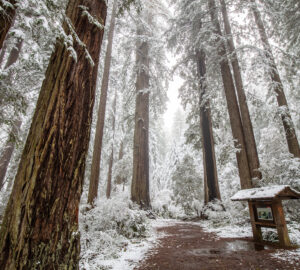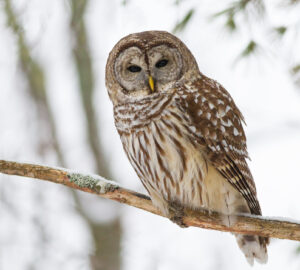Findings suggest coast redwoods are experiencing range-wide drought effects, and point to actions needed to ensure forest health
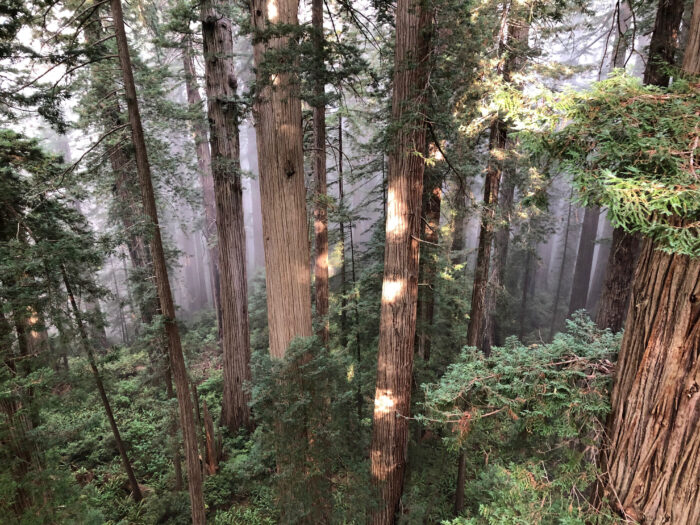
In one of the most comprehensive surveys of coast redwood forests to date, scientists at Cal Poly Humboldt found that the range is drying due to warming temperatures and the trees are showing increased effects from droughts.
The study, published in the December 2022 issue of Forest Ecology and Management, is part of a long-term research partnership with Save the Redwoods League, called the Redwoods and Climate Change Initiative. The program seeks to understand how redwoods are responding to rising temperatures, hotter droughts, high-severity wildfires and other factors associated with a changing climate.
Lead author Stephen C. Sillett and team climbed 235 coast redwood (Sequoia sempervirens) trees in 45 locations spanning the species’ range from Big Sur, California to the Oregon border. They measured each tree from base to top and took core samples of the trunks at regular height intervals noting landscape position and climate factors. Tree cores were then processed and crossdated by Cal Poly Humboldt Dendrochronologist Allyson Carroll.
Drought inhibited redwood tree growth
Of all the stressors associated with climate change, the research team found that drought has the most influence on redwood tree growth today. For the first time, the researchers observed that coast redwoods are increasingly sensitive to drought across the entire range.
Redwoods in the northern part of the range receive more rain and summer fog, but after 3 consecutive years of drought (2012-2014), redwoods north of Shelter Cove, California (approx. 40° latitude) experienced a steep decline in growth efficiency.
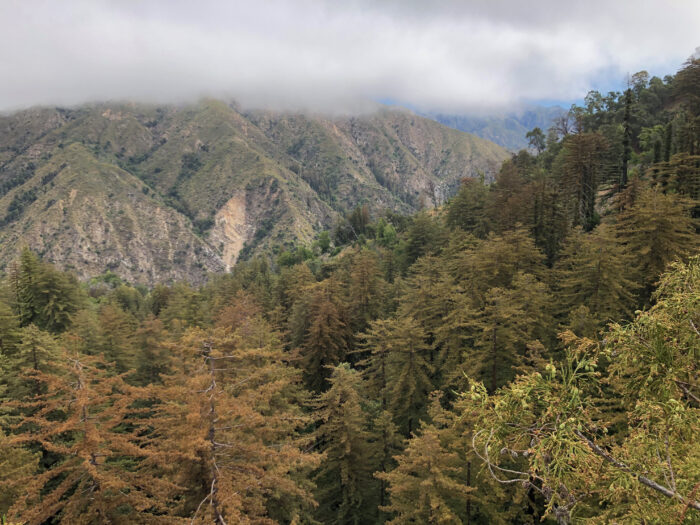
The drought effect was even greater in southern forests. In areas to the south of Shelter Cove, California, growth declined steadily during drought years. Within two years (2016-17), drought conditions lessened, and the range showed signs of recovery, however, trees in Santa Cruz (37° latitude) and to the south did not recover at all during that time.
When growth declines, heartwood durability increases
While the decrease in growth due to drought seems concerning, researchers found another drought response that seems beneficial. They found that when increased nighttime temperatures inhibited the redwood trees’ growth and wood production, the trees would use excess sugars to make heartwood fungicide instead.
The trees’ decay-resistant heartwood provides durable organic material to build up on branches and trunks, which then can be used by numerous other organisms that live on and in redwood trees. These features help to create the structural complexity we find in the coast redwood forest canopy, that beauty we associate with ancient redwood forests. This canopy complexity, in turn, promotes biodiversity, and this recent research has shown that the largest, oldest trees contain the most structural complexity while hosting the bulk of arboreal life.
Heartwood production, fungicide content and structural complexity are higher in old-growth forests than in previously-harvested forests throughout the range. This means secondary forests, or forests that have been logged before, are less biodiverse and less effective at long-term carbon sequestration. And all of this underscores the need to not only protect old-growth forests, but to set previously-harvested forests on the path to becoming old forests once again.

